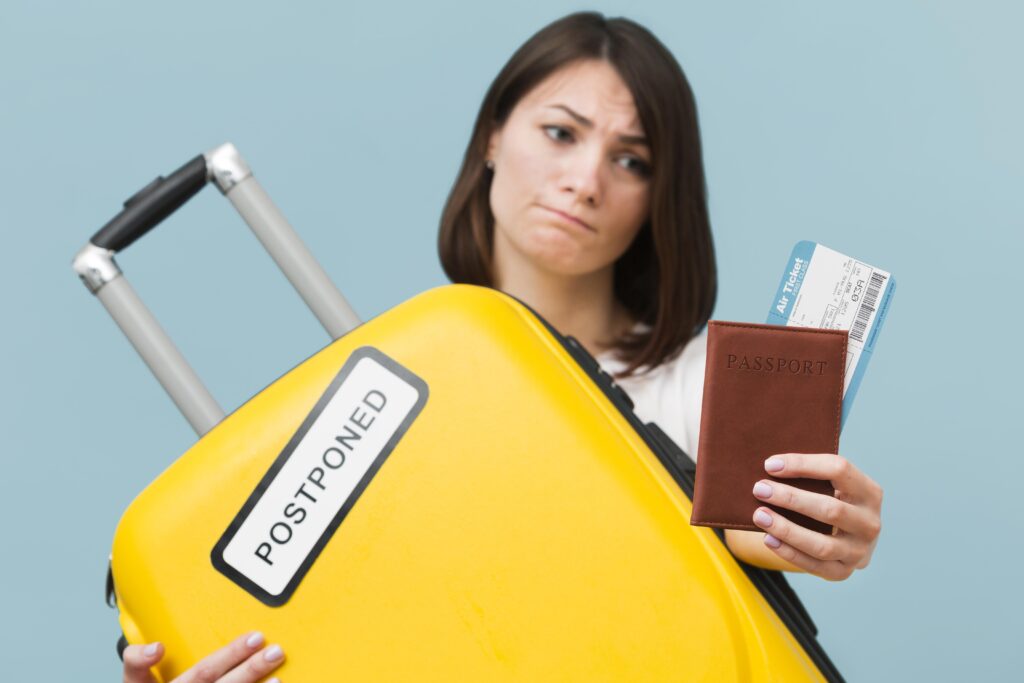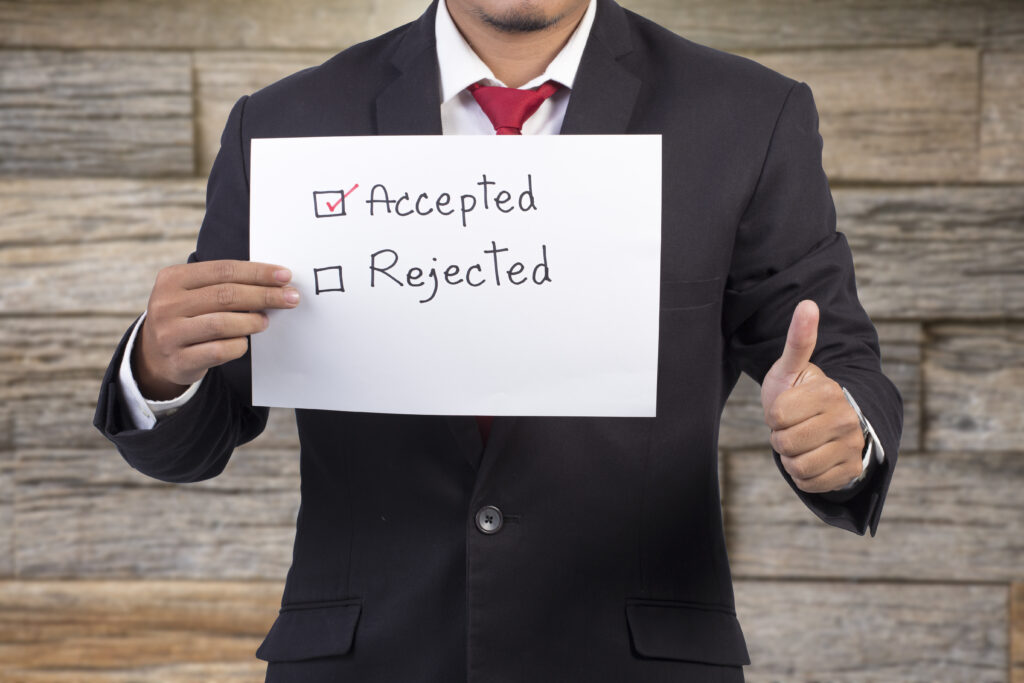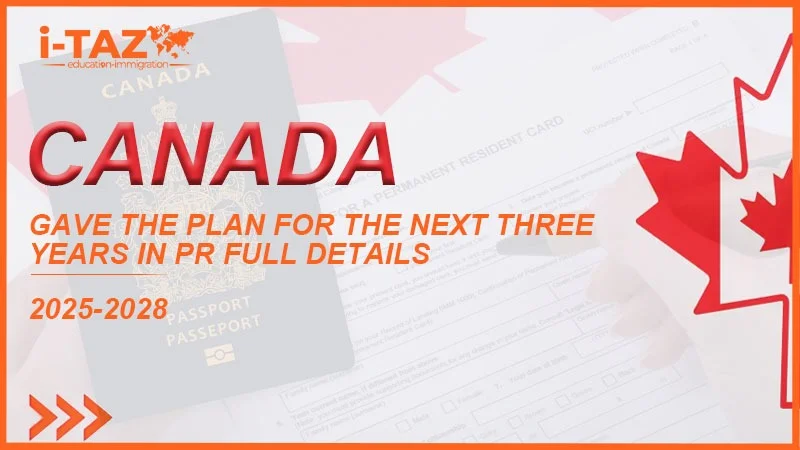Receiving a visa rejection can be a frustrating and disheartening experience, especially when your travel, career, or educational plans depend on approval. While it might seem like the end of the road, it’s essential to understand that a rejected visa doesn’t mean you’re out of options. With the right approach, you can appeal the decision, address any issues in your application, and improve your chances of success on reapplication.
This blog post will guide you through the key steps to take after a visa rejection, explore legal options available to applicants, and highlight effective appeal strategies to overturn a denial.

Common Reasons for Visa Rejection
Before diving into the appeal process, it’s essential to understand why visas get rejected in the first place. Some of the most common reasons for visa denial include:
Incomplete or Inaccurate Information: Applications with missing documents or incorrect information are more likely to be rejected.
Inadequate Financial Proof: Many countries require proof of sufficient funds to support your stay. If your financial documentation doesn’t meet their standards, this can lead to denial.
Failure to Meet Eligibility Requirements: Every visa type has specific eligibility criteria. If you don’t meet them, your application may be declined.
Criminal History or Security Concerns: A criminal record or any perceived threat to national security can result in a rejection.
Overstaying or Violating Previous Visas: If you’ve overstayed or violated the terms of a previous visa, this can be grounds for denial.
Lack of Proper Ties to Home Country: For temporary visas, such as tourist or student visas, the applicant must show they have strong ties (e.g., family, job, property) to their home country to assure they will return after their stay.
Understanding the specific reason for your visa rejection is crucial for moving forward with any legal options or appeals.

Step 1: Analyze the Visa Denial Reason
After a visa rejection, the first and most crucial step is to carefully analyze the visa denial reason. Typically, the rejection letter will outline the specific grounds for the refusal. Take the time to thoroughly read and understand this document, as it provides vital insight into the issues that led to the denial. Sometimes, the reason for rejection could be something relatively minor, such as missing or incomplete documents, errors in the application form, or failure to provide sufficient proof of funds. In other cases, the reasons might be more serious, such as concerns about your travel intentions, doubts about the authenticity of your documents, or perceived inconsistencies in your application.
Understanding the exact reason for the refusal is critical because it will help you decide the best course of action moving forward. If the issue is minor, you may simply need to correct the error and reapply. However, if the rejection was due to more complex concerns, like doubts about your intent to return to your home country, you may need to provide additional supporting evidence or seek professional guidance to strengthen your case.
Additionally, depending on the country and type of visa, you might have the option to file an appeal or reconsideration request. Some countries have formal appeal processes where you can contest the decision by submitting further documentation or clarification. However, this process can be time-consuming and requires careful preparation, so it’s essential to understand the specific appeal procedures and deadlines.
In cases where legal or procedural errors led to the denial, you may want to consult an immigration attorney to explore your options for challenging the decision through legal means. Ultimately, by thoroughly reviewing the visa denial reason, you will be better equipped to take the appropriate next steps—whether it’s reapplying with a stronger application, appealing the decision, or seeking legal recourse.
Step 2: Legal Options After a Visa Rejection
After a visa rejection, applicants typically have several legal options available, depending on the country of application and the type of visa.
Reapplication: Sometimes, the simplest and quickest way to address a visa rejection is to correct the issues and reapply. If your application was rejected due to missing documents or a misunderstanding, gathering the necessary paperwork and submitting a new, more comprehensive application might resolve the problem.
Administrative Review: Some countries allow applicants to request an administrative review, where a different officer will re-examine the original decision. This process can be beneficial if you believe the visa was wrongly rejected due to an error or misunderstanding by the officer.
For example, in the UK, if your visa was denied under the points-based system, you could request an administrative review. The reviewing officer will recheck whether the original decision was correct.
Appeal Process: In certain cases, you may be able to file an official appeal if you believe your visa was unfairly denied. An appeal is typically a legal process that involves presenting your case to an immigration tribunal or a court.
The appeal process often involves a lawyer or legal representative to assist you in gathering evidence, preparing your case, and arguing on your behalf. It’s essential to file the appeal within the time frame specified in the rejection notice, which is often between 30-90 days.
In countries like the United States, you may have the option to appeal a visa rejection if the denial violates immigration laws or was based on factual errors.
Judicial Review: In more extreme cases, where you believe the visa denial was unlawful or unreasonable, you may consider requesting a judicial review. This involves a higher-level court examining whether the decision-making process was legally sound. Judicial reviews are complex and usually require professional legal assistance.
This process can be lengthy and expensive, so it’s typically only pursued in cases where other legal options have been exhausted or if there’s a significant reason to believe that the visa denial was unlawful.
Waiver of Ineligibility: In some situations, you may be eligible for a waiver that allows you to overcome the reason for your visa denial. Waivers are most commonly available for individuals who are otherwise inadmissible due to health reasons, past visa violations, or certain criminal convictions.
For example, in the U.S., if you were denied a visa based on health concerns or a past violation, you might be able to apply for a waiver of ineligibility that would allow you to still obtain the visa despite the issue.

Step 3: Effective Visa Appeal Strategies
If you’ve decided to move forward with an appeal or review, there are several strategies you can employ to strengthen your case and increase your chances of success.
Seek Professional Legal Help: Navigating the visa appeal process can be complicated, and it’s often in your best interest to hire an immigration attorney or a visa expert. They can help you understand the legal grounds for an appeal and assist with preparing the necessary documents and evidence.
Gather Strong Supporting Documents: One of the most effective ways to improve your appeal is to provide additional documentation that strengthens your case. For example, if your visa was rejected due to insufficient financial proof, submitting updated bank statements, pay stubs, or a letter from your employer can help. If the issue was related to proving ties to your home country, providing documents such as property ownership, family relationships, or employment contracts can be beneficial.
Correct Any Mistakes or Omissions: If the rejection was due to an error in your application, make sure to address these mistakes directly. Double-check that all the required documents are included and that all the information is accurate.
Present a Clear and Concise Argument: When submitting an appeal or review, it’s essential to clearly explain why the initial rejection was incorrect and why your visa should be approved. Stick to the facts, and provide any evidence that supports your case. An attorney can help craft a compelling argument on your behalf.
Stay Within Deadlines: Visa appeal processes have strict deadlines, so it’s essential to act quickly. Be sure to file your appeal or review request within the time limit specified in your rejection letter, which could be anywhere from 10 days to several months, depending on the country.

Step 4: Reapply or Appeal – Which is Best?
In some cases, reapplying for the visa with improved documentation and a stronger application may be more efficient than going through a lengthy appeal process. However, if your rejection was due to a legal misunderstanding, an appeal or administrative review may be the better option.
Here’s how to decide:
Reapply if the rejection was due to missing or incorrect documentation, or if you can provide stronger evidence in a new application.
File an Appeal if the rejection was based on legal grounds, such as a misunderstanding of your case or if you believe the decision was unjust.
Pursue Judicial Review only if you believe the decision-making process was unlawful or that the visa denial violated your legal rights.
Conclusion
While a visa rejection can be discouraging, it’s important to remember that you have several legal options and appeal strategies available. By understanding the reason for the rejection, gathering strong supporting documents, and potentially seeking professional legal help, you can significantly improve your chances of a successful visa approval in the future. Whether you choose to reapply or file an appeal, taking the correct steps can help you get back on track with your travel or immigration plans.









